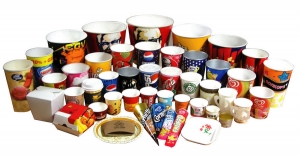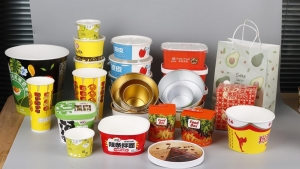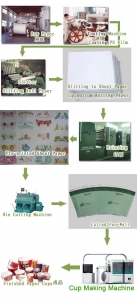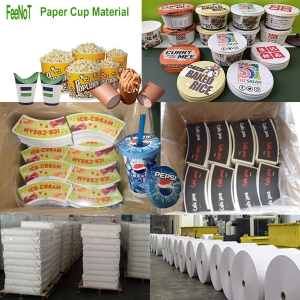Cómo iniciar un negocio de fabricación de vasos de papel – Plan de producción para la apertura de una planta de producción de vasos de papel..
Con la creciente demanda de productos y conveniencia ecológicos, paper cup manufacturing is a lucrative business, especially with efficient production and scalability.
Choosing the reliable and efficient FeeNoT servo paper cup machine can help you achieve stable profit margins and a good return on investment.
Primero, you need to conduct thorough market research, plan your business, and obtain the necessary permits and licenses.
Próximo, you need to select a suitable location, understand the paper cup production process, establish a production line, and procure the necessary machinery and raw materials.
Finally, you need to focus on marketing, pricing, and establishing a strong distribution network.
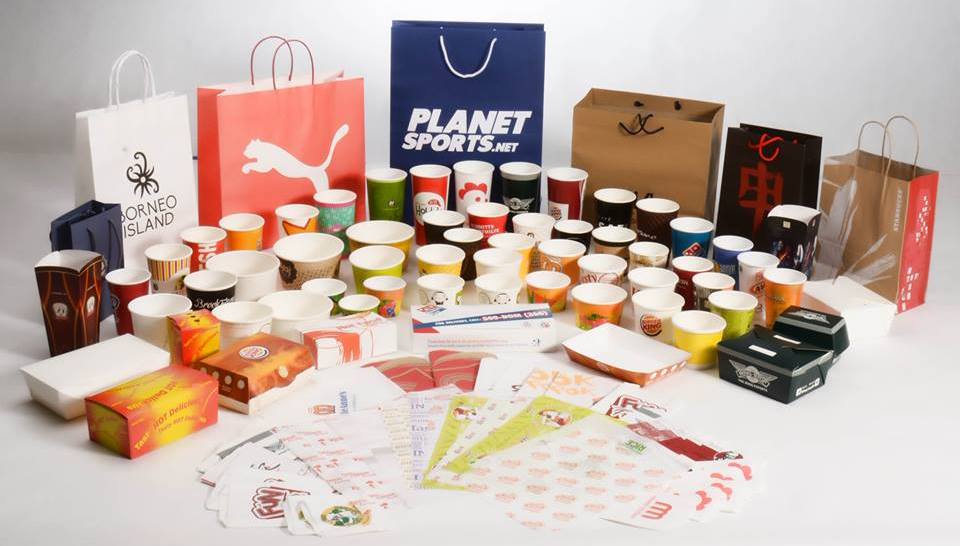
iniciar un negocio de fabricación de vasos de papel – plan de producción
iniciar un negocio de fabricación de vasos de papel – plan de producción
A comprehensive paper cup business plan should include a business concept, market analysis, operational plan, management team, financial projections, and a clear financing strategy.
Key elements include: defining your niche (e.g., eco-friendly cups, custom printed products), identifying your target market, sourcing reliable food-grade paper and packaging suppliers, outlining the automated machine production process, and detailing your sales and marketing strategy. Financial planning, including startup costs, operating expenses, revenue forecasts, and profit margins, is crucial to ensuring investment and long-term sustainability.
Start your paper cup manufacturing business – plan de producción
Details following:
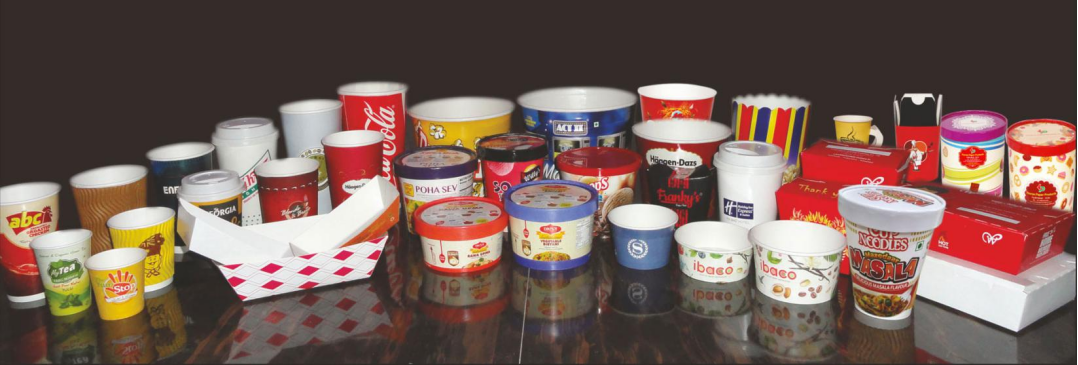
Start your paper cup manufacturing business – plan de producción
Executive Summary
The paper cup market is experiencing strong growth, driven by consumer preference for sustainable plastic alternatives and the expansion of the food and beverage industry.
Your business will produce and sell paper cups to a variety of commercial customers, including fast food restaurants, coffee shops, and event organizers.
By focusing on operational efficiency and a diversified product line, you can achieve stable profit margins and a strong return on investment.
Market Analysis
- Market Size and Trends: The global paper cup market is projected to reach $13.2 billion by 2033, growing at a steady compound annual growth rate (CAGR).
- Drivers of this demand growth include the increase in on-the-go beverage consumption, the reduction in single-use plastics, and the growth of the takeout industry.
Market Research and Business Planning:
- Market Research: Understanding the local market is crucial, analyzing demand for different types and quantities of paper cups, as well as the requirements for various applications. Identify your target market and customers (e.g., cafes, restaurants, event venues), understand consumer preferences, identify your competitors, and understand the competitive landscape.
- Business Plan: Develop a comprehensive plan outlining your business goals, target market, production capacity, pricing strategy, marketing strategy, and financial projections.
- Budget Planning: Determine your startup costs, including machinery, raw materials, staffing, marketing expenses, and overhead.
Target Customers:
- Fast food restaurants and cafes: Need heat-resistant hot drink cups and various sizes of cold drink cups.
- Institutional Customers: Offices, schools, and hospitals need reliable, hygienic everyday supplies.
- Event Organizers: Need a large supply of affordable and durable cups.
- Online B2B Marketplace: A rapidly growing channel connecting manufacturers and small businesses.
Competitive Advantages:
- Custom Printing: Offer high-quality branding services to attract customers who use cups as a marketing tool, which can command higher prices.
- Product Variety: Produce a variety of cup types, including single-wall, double-wall, and special sizes, to meet diverse customer needs.
- Eco-Friendly Options: Offer fully recyclable, water-based, or PLA-coated cups to attract environmentally conscious businesses.
Company Factory Planning
- Mission Statement: Provide high-quality, sustainable, and cost-effective paper cups to the food and beverage industry while minimizing environmental impact.
- Legal Structure: We recommend a private limited company to enhance creditworthiness and facilitate access to bank loans and expansion funds.
Production Preparation:
Choose a Suitable Location:
Opt for a location with convenient transportation and zoning regulations, convenient for raw material delivery, production, distribution, and employee and customer contact.
Ensure essential utilities such as water and electricity are readily available. For small and medium-sized businesses, a production facility of 800 a 1,000 square feet is sufficient.
Understanding the Paper Cup Manufacturing Process:
The production process steps for paper cup manufacturing include base paper, laminating, ranura, impresión, die-cutting, formación, packaging, and palletizing.
- Base Material: Food-grade paper/paperboard.
- Coating/laminating: Polietileno (Orina) for waterproofing or biodegradable polylactic acid (Estampado) for an eco-friendly option.
- Laminating machine: Laminating machines coat paperboard with waterproof coatings such as PE/PBS/PLA.
(Paper cup raw material suppliers use laminating machines to produce coated/laminated paper. Small and medium-sized paper cup factories do not need to purchase laminating machines, but large paper cup factories may consider purchasing laminating machines.) - Materia prima del vaso de papel: Laminated/coated paper, the raw material (PE/PLA/PBS) used to produce paper cups, most popular is PE coated paper.
- Slitting: Slitting machines cut wide paper rolls into narrow rolls.
- Impresión: Printing machines print customized logos and designs based on customer requirement. (Roll paper flexographic printing machines, offset printing machines, and digital printing machines.)
- Die-cutting: Die-cut paper raw material into fan-shaped cup walls. (Roll paper die-cutting machines, roll paper punching machines, and sheet-fed die-cutting machines.)
- Paper cup forming: Freenot fully servo paper cup machines fully automate paper cup production (wall gluing, bottom punching, calefacción, nudoso, hemming, inspection, and counting and packaging).
- Bag packing: Packing finished paper cups into plastic or paper bags (automatic packaging machine, manual packaging).
- Carton Packing: Packing finished paper cups into cartons for easy storage and transportation (automatic packaging machine, manual packaging).
- Palletizing: Stacking cartons (production line or manual).
Raw Materials Involved:
- Paper Cup Raw Materials: 150-350gsm PE/PLA/PB coated paperboard, also known as cup paper or cup coated paper.
- Tinta: Printing ink, including food-safe ink.
- Bags: Packing paper cups into bags (plastic or paper).
- Cartons: Packing paper cups into cartons for easy storage and transportation.
The paper cup machine’s production process includes:
Feed the cup bottom roll paper, printed cup fan blanks, to FeeNoT paper cup machine, Servo Paper cup machine automaticly suck paper cup fan blank, sealing the cup wall, punching the cup disc and feeding it into the cup wall, calefacción de fondo, bottom sealing (nudoso), forming the cup rim (curling), camera inspection (optional), counting and collecting the finished cups.
Quality Control:
During the cup machine’s production process, visual inspections and leak tests are performed to ensure product integrity.
Strict quality control measures are implemented at every stage of production to ensure your paper cups meet food safety standards and are free of defects. Long-term success depends on compliance with local health and safety regulations.
- Print Inspection: Checks for printing errors, blemishes, and spots.
- Appearance Inspection: Checks for cup forming quality and stacking height.
- Sealing Test: Leakage testing is performed on a certain number of cups during each shift, at machine startup and every 1-2 hours during production.
Paper Cup Production Line Setup:
Design an efficient production line to ensure smooth material flow, quality control, and packaging.
For beginners and small paper cup factories, small paper cup manufacturing business:
- Customer should choose the cup size, Determine the paper cup size dimensions.
- Papel de rollo de taza: Purchase PE coated paper roll for cup bottom production.
- Cup wall fan blank: Purchase customize logo artwork printed paper cup fan stocks from PE coated paper supplier/factory.
- Paper cup machine: Purchase a FeeNoT fully servo paper cup machine for fully automated paper cup production.
- Paper cup packaging: Pack the rated number of paper cups into plastic bags, or purchase a packaging machine online with paper cup machine, for fully automated packaging. For manual packaging, purchase plastic bags and pack the required number of paper cups into plastic bags.
- Carton case packaging: Pack the paper cups into cartons case/box for easy storage and transportation.
For small to medium paper cup manufacturers, Paper cup production lines :
- Printing press: Buy printing machine, (Roll paper Flexographic printing press, offset printing press, digital printing press, etc.).
- Cutting: Cut printed paper into fan-shaped cup sheets. (buy roll paper die cutting machine, roll paper punching machines, and sheet die-cutters).
- Paper Cup Machines: Purchase FeeNoT’s fully servo paper cup machines, automatic making paper cups, velocidad, estable, confiable.
- Packaging Machines: Package paper cups, inline paper cup machines.
- Case package: Package paper cups into carton case/box, and case packing lines.
- Palletizing Lines: Stacking, palletizing, and convey lines.
For medium to large paper cup manufacturers, paper cup manufacturing business line :
- Laminating machine: Opcional, depending on factory scale and plan.
- Máquina de portar: Slits wide paper rolls into narrower rolls (for cup base paper, etc.).
- Printing press: Buy printing machine, (Roll paper Flexographic printing press, offset printing press, digital printing press, etc.).
- Cutting: Cut printed paper into fan-shaped cup sheets. (buy roll paper die cutting machine, roll paper punching machines, and sheet die-cutters).
- Paper Cup Machines: Purchase FeeNoT’s fully servo paper cup machines, automatic making paper cups, velocidad, estable, confiable.
- Packaging Machines: Package paper cups, inline paper cup machines.
- Case package: Package paper cups into carton case/box, and case packing lines.
- Palletizing Lines: Stacking, palletizing, and convey lines.
Build a Team:
Hire and train a small team of skilled and unskilled workers, as well as a production manager, to operate the machines.
For fully automatic equipment, a small team of 3-4 skilled workers is sufficient to operate the machines and manage packaging and distribution. This reduces labor costs and improves efficiency.
Employee Training:
Provide your employees with appropriate training in machine operation, mantenimiento, quality control procedures, and safety protocols.
Ensure your employees are well-trained in operating the paper cup making machines and understanding the intricacies of the manufacturing process.
By implementing regular training programs like these, companies can improve efficiency while minimizing the potential for errors, helping to ensure high production standards.
Marketing and Sales Strategy
- Marketing and Sales: Develop a strong marketing and branding strategy.
- Branding and Packaging: Create a strong brand image for your paper cups and design attractive packaging. If you offer custom printing, this can be a key service worth promoting.
- Pricing Strategy: Determine a competitive pricing strategy that reflects your production costs and market conditions. Strike a balance between competitive pricing for bulk buyers (economy) and premium pricing for custom or specialty cups.
- Develop a Marketing Strategy: Develop a plan to reach your target audience, including online advertising, trade shows, and direct marketing campaigns.
Distribution:
- Direct to Business: Develop partnerships and long-term contracts with fast-food restaurants, coffee chains, and large corporate clients.
- Wholesalers and Distributors: Sell in bulk to small, independent businesses.
- Build an Online Presence: Create a business website, establish a presence on online B2B platforms, and leverage social media to reach a wider audience.
Promotion:
- Custom Printing: Promote custom-branded cups as an affordable advertising tool for your clients.
- Digital Marketing: Leverage social media to target potential B2B clients and showcase your product.
- Industry Events: Demonstrate your products at industry trade shows and sponsor local events to increase awareness.
Ongoing Operations:
- Continuous Improvement: Regularly evaluate your operations and identify areas for improvement, such as optimizing production efficiencies or expanding your product line.
- Continuous Innovation: Maintain a competitive advantage by exploring new products, technologies, and marketing strategies.
- Innovation and Diversification: To stay ahead of the competition, you should continuously innovate and diversify your product line. This includes exploring various sizes, designs, and features for paper cups. Closely monitoring market trends and customer needs will allow you to adapt your product to market changes.
- Enhancing Environmental Protection: Highlight the environmentally friendly features of your paper cups, such as biodegradable coatings and waterproof materials.
- Environmental Responsibility: Consider environmentally friendly materials and production methods to meet growing consumer demand.
Financial Plan:
- Financial estimates may vary depending on location, scale, and specific equipment.
- Working Capital: Initial raw materials and operating expenses.
- Financing: Seek funding through bank loans and, potentially, government-supported programs for small businesses in certain regions.
Profitability:
Profitability depends on factors such as raw material costs, manufacturing costs, and the selling price you set.
Profit margins on standard market paper cups vary depending on local market conditions, while custom-printed paper cups offer the highest profit margins.
Legal Compliance:
- Registration and Licensing: Obtain the necessary permits and licenses, including business registration, manufacturing and food processing licenses, Goods and Services Tax (GST) registration, and possibly a trade license.
- Compliance with Standards: Ensure your products comply with food safety standards and relevant industry regulations.
- Company Registration: Register your company and obtain a local business license or factory license.
- Company Taxation: Obtain Goods and Services Tax (GST) registration to manage sales tax.
- Environmental Compliance: Obtain environmental permits and ensure proper waste disposal procedures are in place.
- Food Safety: Ensure all raw materials and processes meet food-grade safety standards.
Conclusion paper cup manufacturing business
Starting a fully automatic paper cup machine manufacturing business requires careful planning, legal compliance, and careful consideration of quality and marketing. With the right approach, this business can be sustainable and generate a strong return on investment.
iniciar un negocio de fabricación de vasos de papel – plan de producción
 Máquina de vasos de papel Feenot
Máquina de vasos de papel Feenot

